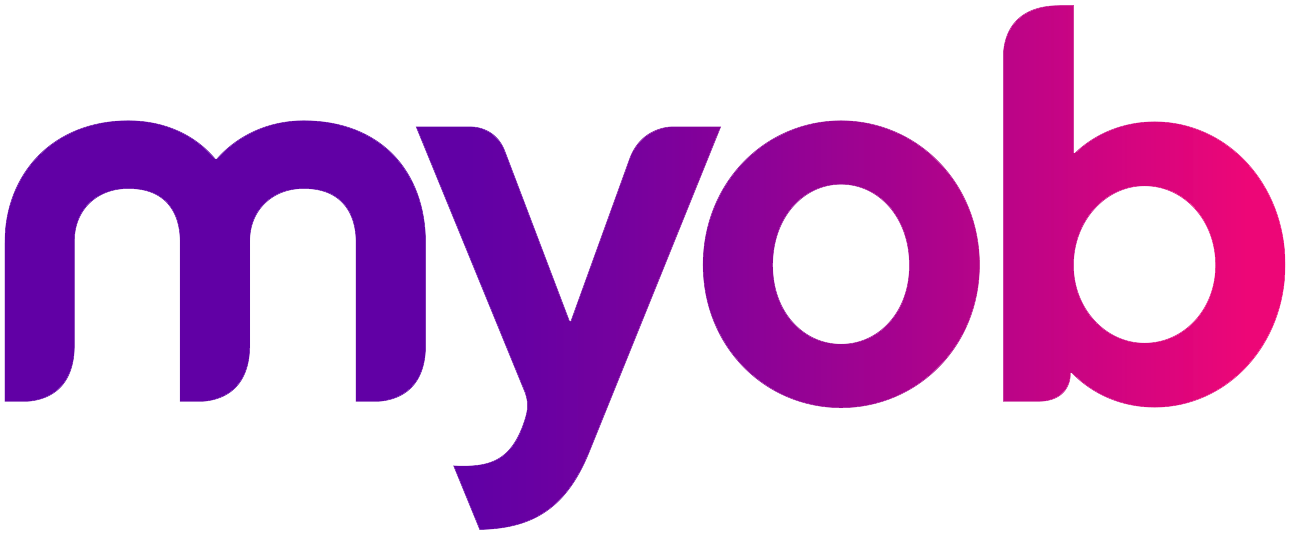
Lidija Kam
April 1, 2022
What is the change to legislation?
The Australian Taxation Office has finalised taxation ruling TR 2021/2, which replaces Tax ruling taxation ruling 96/26 and expands the definition of a commercial parking station for Fringe Benefits Tax (FBT) purposes. These changes were originally planned to start from 1 April 2020 but deferred to impact car parking benefits provided on or after 1 April 2022 (i.e. applicable to the FBT year ended 31 March 2023).
Under the expanded definition of a commercial parking station, car park that allows all-day parking but charges penalty rates to discourage such parking might still be considered a commercial parking station for FBT purposes. This may include car parks at shopping centres, hotels or hospitals.
What type of business will this impact?
This change may impact every business that provides a car parking space for the use of an employee.
How will this impact your business and your staff?
Businesses that provide a car parking space for the use of an employee should reassess their FBT position. With a broader definition of a commercial parking station, car parking arrangements previously did not fall under the FBT net may now be considered a provision of car parking benefit and become assessable for FBT purposes.
Having said that, if the parking space provided to an employee is not in a commercial car park, entities with a turnover of less than $50 million may be eligible for car parking exemption from 1 April 2021 (previously a $10 million threshold) provided the other exemption criteria are satisfied.
Date of effect of legislation
The final Ruling will apply from 1 April 2022 in respect of car parking benefits provided on or after 1 April 2022.
DFK Gooding Partners comment
For businesses that provide a car parking space for the use of an employee, we suggest:
- Consider if all conditions required for a car parking fringe benefit to arise have been met. Be mindful to apply the expanded scope of what constitute a commercial parking station as it may result in a different outcome to prior years.
- Determine the number of benefits provided to employees
- Ensure you obtain the required information for calculating the taxable value of the benefits under your elected valuation method
- Keep the required records under the elected valuation method rules
Do you need assistance correctly calculating fringe benefits?
info@dfkgpca.com.au / (08) 9327 1777









